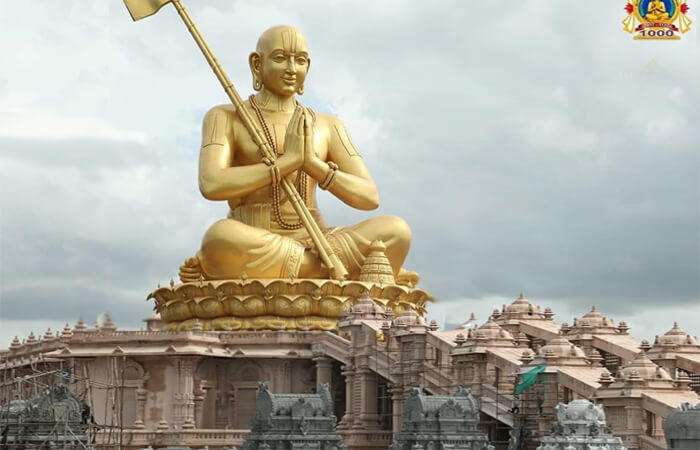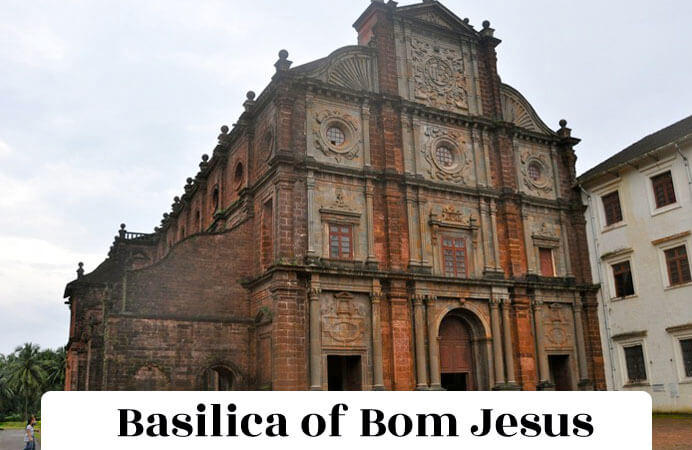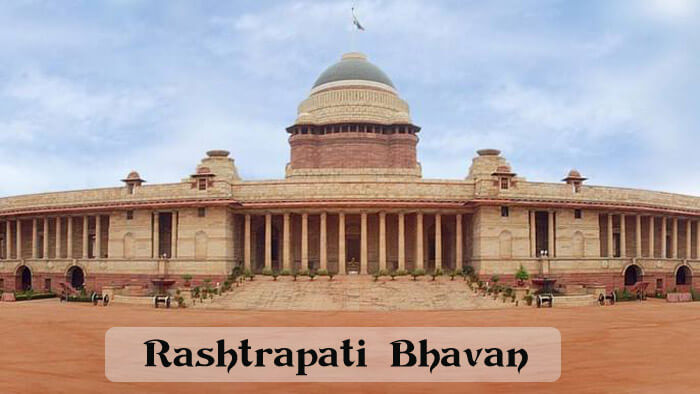Red Fort | Lal Quila – Information, History, Facts

The largest of Old Delhi’s monuments is the Lal Quila or the Red Fort, the thick red sandstone walls of which, bulging with turrets and bastions, have withstood the vagaries of time, and nature. The Lal Quila rises above a wide dry moat, in the northeast corner of the original city of Shahjahanabad. Its walls extend up to two kilometers and vary in height from 18 meters on the riverside to 33 meters on the city side.
History
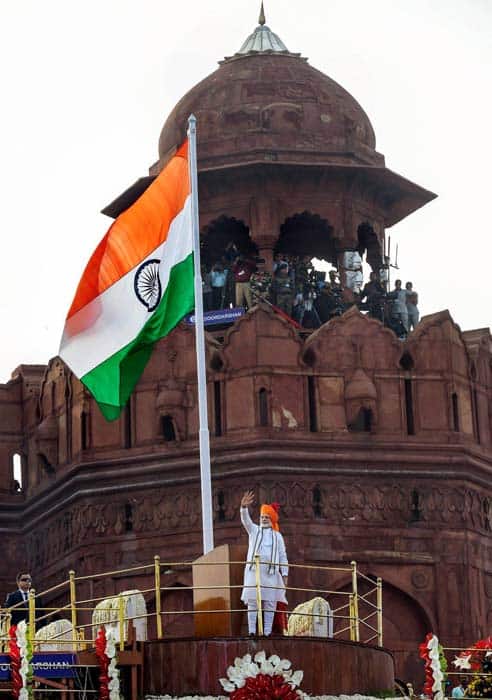
Mughal Emperor Shahjahan started the construction of the massive fort in 1638, and work was completed in 1648. The fort sports all the obvious trappings, befitting a vital center of Mughal government: halls of public and private audience, domed and arched marble palaces, plush private apartments, a mosque, and elaborately designed gardens. Even today, the fort remains an impressive testimony to Mughal grandeur, despite being attacked by the Persian Emperor Nadir Shah in 1739, and by the British soldiers, during the war of independence in 1857.
Entrance to the fort is through the imposing Lahore Gate, which as its name suggests faces Lahore, now in Pakistan. This gate has a special significance for India, since the first war of independence, and has been the venue of many an important speech, delivered by freedom fighters and national leaders of India.
The main entrance opens on to the Chatta Chowk, a covered street flanked with arched cells, that used to house Delhi’s most skillful jewelers, carpet makers, weavers, and goldsmiths. This arcade was also known as the Meena Bazaar, the shopping center for the ladies of the court. Just beyond the Chhata Chowk, is the heart of the fort called Naubat Khana, or the Drum House. Musicians used to play for the emperor from the Naubat Khana, and the arrival of princes and royalty was heralded from here.
The Fort also houses the Diwan-i-Amor the Hall of Public Audiences, where the Emperor would sit and hear complaints of the common folk. His alcove in the wall was marble-paneled and was set with precious stones, many of which were looted, after the Mutiny of 1857. The Diwan-i-Khas is the hall of private audiences, where the Emperor held private meetings. This hall is made of marble, and its center-piece used to be the Peacock Throne, which was carried away to Iran by Nadir Shah in 1739. Today, the Diwan-i-Khas is only a pale shadow of its original glory, yet the famous Persian couplet inscribed on its wall reminds us of its former magnificence: “If on earth be an Eden on bliss, it is this, it is this, none but this.“
Suggested Read: Delhi – Culture and Tradition
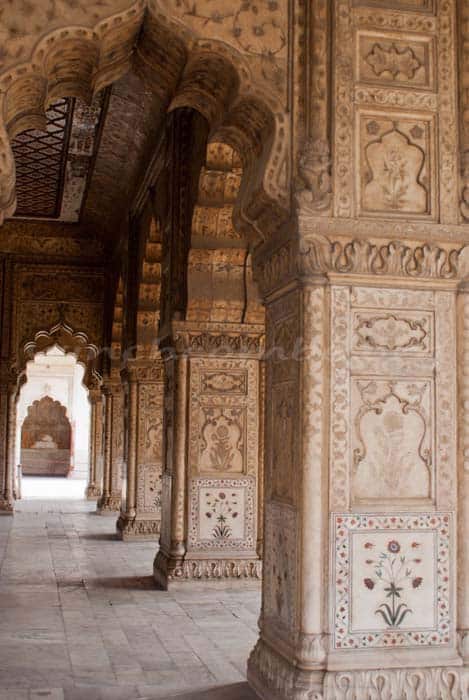
The other attractions enclosed within this monument are the hammams or the Royal Baths, the Shahi Burj, which used to be Shahjahan’s private working area, and the Moti Masjid or the Pearl Mosque, built by Aurangzeb for his personal use. The Rang Mahal or the ‘Palace of Colors‘ housed the Emperor’s wives and mistresses. This palace was crowned with gilded turrets, delicately painted and decorated with an intricate mosaics of mirrors, and a ceiling overlaid with gold and silver, that was wonderfully reflected in a central pool in the marble floor.
Even today, the Lal Quila is an eloquent reminder of the glory of the Mughal era, and its magnificence simply leaves one awestruck. It is still a calm haven of peace, which helps one to break away, from the frantic pace of life outside the walls of the Fort, and transports the visitor to another realm of existence.
Suggested Read: India Gate Delhi
Red Fort Architecture
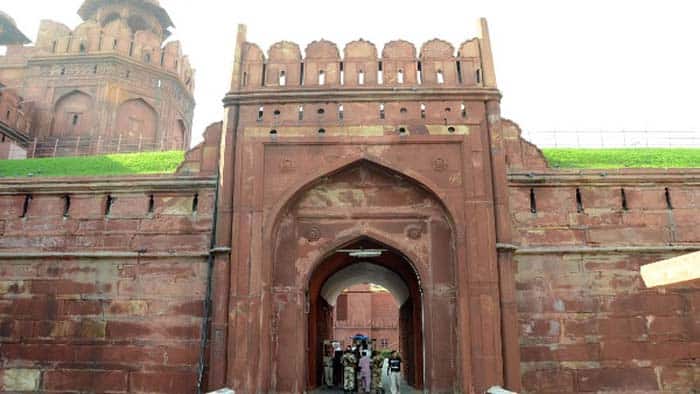
The Red Fort, which has been witness to India’s war-e-independence, is famous all over the world for its grandeur and attractiveness. It is known worldwide for its fine workmanship and superb texture.
This most beautiful fort in the world, built-in octagonal shape, has been constructed with red sandstone and white marble stones.
At the same time when this fort was built, it was decorated with many precious gems like Kohinoor diamond, but when the British ruled India, they were taken out. Along with this, the royal Mayur Raj throne was also built inside this huge fort, which was later occupied by the British.
Spread over a circumference of about one and a half kilometers, this magnificent historical monument of India has a stone wall around 30 meters high, with very beautiful carvings using Mughal architecture.
Along with this, the silk sheet has also been used in it. Comprised of Mughal, Hindu, and Persian architectural styles, there are many beautiful and magnificent buildings in the premises of this huge fort of the world, which adds to its beauty and increases its attractiveness twice.
Spread in a radius of one and a half kilometers, inside this magnificent red fort, there are many beautiful historical buildings like Moti Masjid, Naubat Khana, Meena Bazaar, Diwane Khas, Rang Mahal, Diwanayam, Sawan.
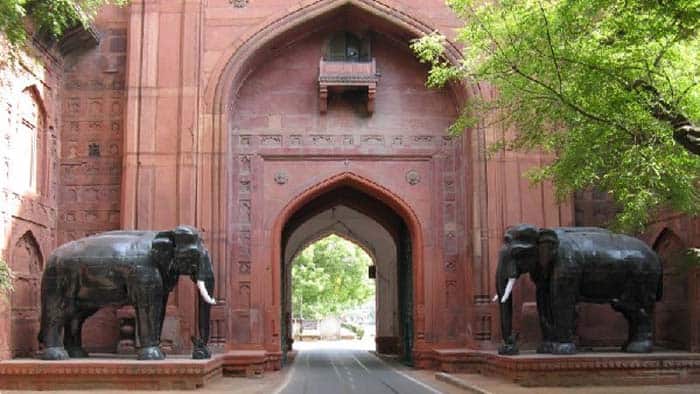
Suggested Read: Qutub Minar Delhi
Three walls are also built inside this largest fort of the world, Delhi Dhar and Lahore Dhar are built inside this fort, which also has its own historical significance.
Let us tell you that the Lahore Gate inside this grand fort has been opened for the tourists and common people, whereas only VVIP and some very special people can enter from the Delhi Dhar built inside this fort.
At the same time, according to many historians, 4 different doors were built inside this grand fort, but due to security, later two doors were closed. Almost all the artifacts of the Mughal period are present inside this magnificent fort, considered the national pride of India.
Along with this, there is also a lush flower garden, pavilion, and ornamental arches built around this most beautiful historical monument of the world, which is enhancing the beauty even more.
It cost about 1 crore rupees to build this most magnificent and beautiful historical building in the world, it was the most luxurious and expensive fort at that time, whose ancient name was “Qila-e-Mubarak”.
Place built-in Red Fort
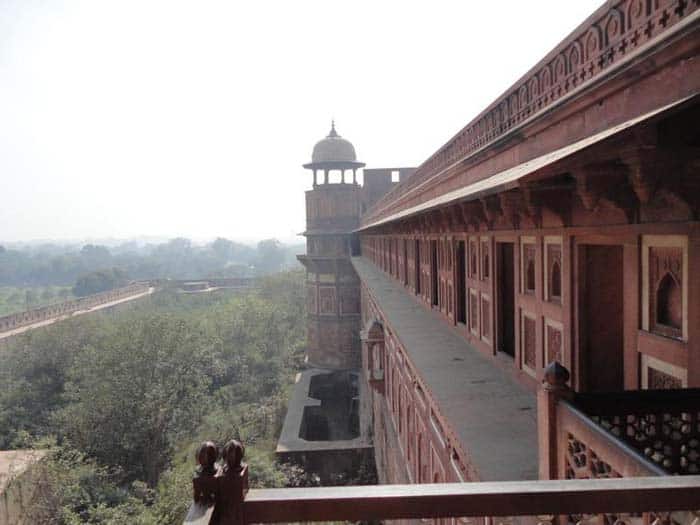
Suggested Read: Jantar Mantar Delhi
The structure of the Red Fort is mainly its walls, main door, audience hall, a royal palace built on the banks of river Yamuna. Apart from this, below you are told other places –
Chhabri Bazaar – It is present in front of Red Fort.
Lahori Darwaza – This is the main door of the Red Fort, it was given this name due to facing towards Lahore. The flag hoisting every year since independence, and from the balcony here, the Prime Minister reads his message to the country.
Delhi Darwaza – It is on the south side of the fort. Its form, structure is exactly like the main Lahori door. Both of the doors and huge elephants of stone remain. It was disbanded by Aurangzeb, but in 1903 it was rebuilt by Lord.
Pani Darwaza – This is a small door, located in the southeast. It was near the banks of the river, so it got its name.
Chatta Chowk – There is a Chatta Bazaar as soon as you enter from Lohore Gate, here used to put a heart in the time of Mughals, where silk, jewelry, and other items were sold.
Naubat Khana – This is also called Nakar Khana. It is located on the eastern side of Lahore Gate, this palace was specially built for musicians, where the musical evening was held at night.
Diwan-i-Aam – This used to be the main court of the king, here they used to make all decisions. It was built 540 feet wide and 420 feet deep. The gallery was built around it. There was also a hall for the public in front of it.
Mumtaz Mahal – It was built for the wife and tens of kings, there is a museum here today.
Rang Mahal – Like Mumtaz Mahal, it was built for the queens. There was also a pool in the middle which was filled by the Nahr-e-Bahisht (it was a canal which connected the palace with the Yamuna river).
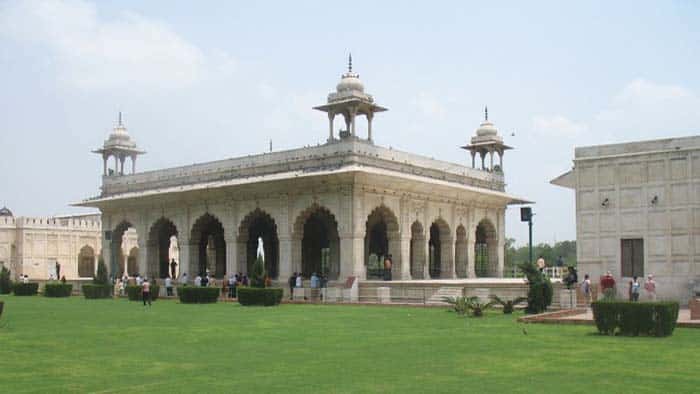
Suggested Read: Humayun Tomb Delhi
Deewane Khas – Northern of Deewane mango and Deewane Khas was made. It was made of Sangram and precious stones. It used to be the personal room of the king, it was also made of precious stones and gems.
Moti Masjid – It was built by Aurangzeb in 1659, it was Aurangzeb’s private mosque.
Facts About Red Fort

-
Although the name of this most beautiful fort in the world is due to its red color, it is an actual white fort, according to the Archaeological Survey Department, some part of this historical fort has been made of limestone. When the white stone began chipping off, the Britishers decided to paint it red.
-
This best building of Mughal architecture, the Red Fort was built by Ustad Hamid and Ustad Ahmad, which was the most expensive building of its time.
-
The building of this fort took 10 years, as construction began in May 1638 and was finally completed only in April 1648 under the instruction of Emperor Shah Jahan.
-
The Red Fort was ruled by the Mughal emperors for nearly 200 years, while it was looted by Nadir Shah in the year 1747, and then he left no stone unturned to loot it when the British ruled India.

Suggested Read: Lotus Temple
-
The most beautiful and magnificent fort in the world was built by the Mughal Emperor Shah Jahan when he shifted his capital from Agra to Delhi, while the construction of this magnificent fort started in the month of Muharram.
-
The original name of Red Fort was “Qila-e-Mubarak” which means “The Blessed Fort” was made after Shah Jahan decided to shift his capital from Agra to Delhi.
-
The famous Kohinoor diamond was part of the royal throne of Shah Jahan located in Diwani-i-Khas but was later robbed by Nadir Shah.
-
There are two main gates of Red Fort namely the Delhi Gate and the Lahore Gate. During Independence Day, the Prime Minister of India hoists the National Flag above the Lahori Gate.
The Red Fort is a World Heritage Site
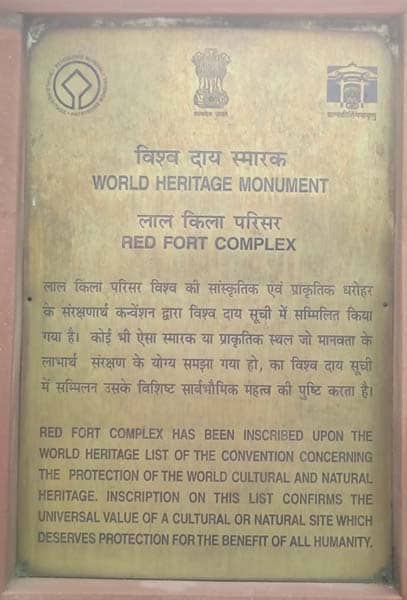
The Red Fort has been listed as a World Heritage Site by UNESCO in 2007 for its historical as well as cultural importance. This amazing monument in Delhi has been an integral part of Indian history as it was the center of all important ceremonies and political activity.
Suggested Read: Alai Darwaza
Rs 500 note features the ramparts of the Red Fort
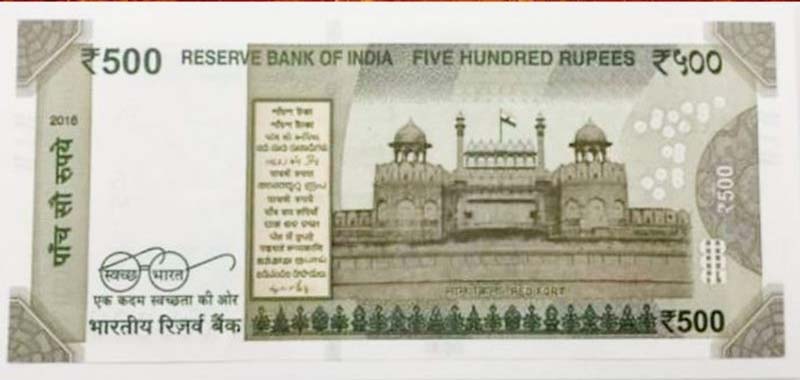
The new Rs 500 note features the very familiar ramparts of the Red Fort in Delhi, along with the national flag flying high. Red Fort continues to serve a modern-day purpose as the annual platform for the Prime Minister to deliver his address to the nation on Independence Day.
Suggested Read: North Indian Culture


